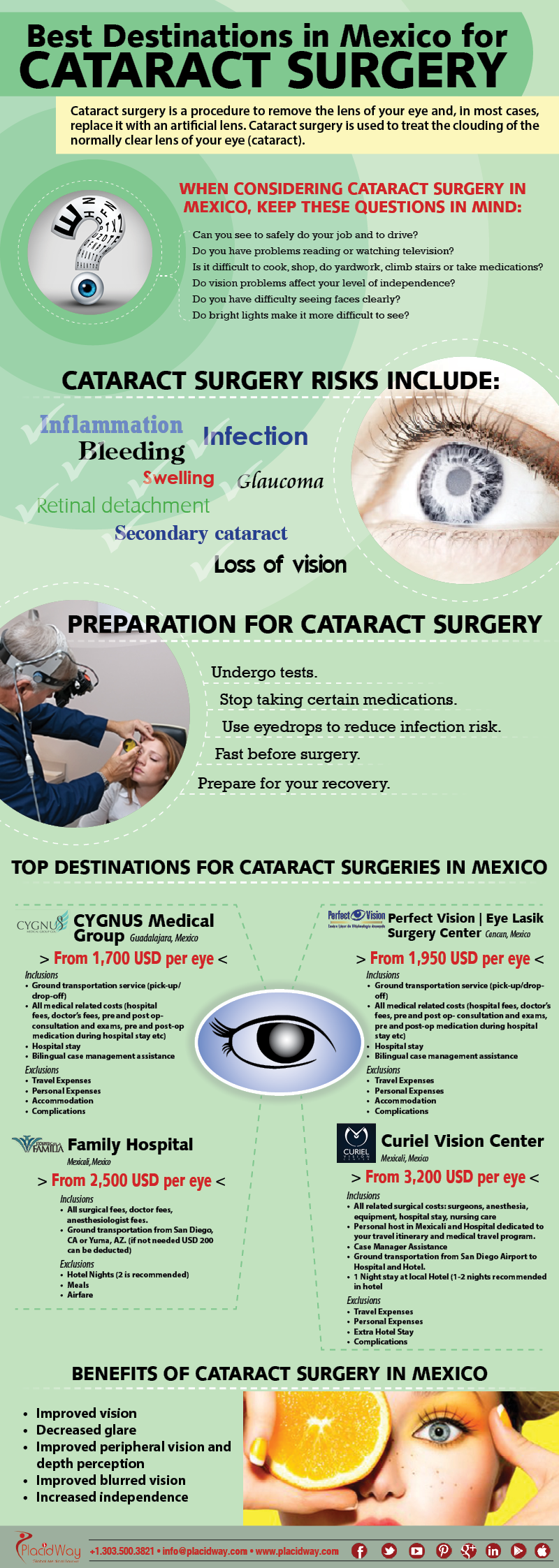Interested About The Differences Between SMILE, LASIK, And PRK Eye Surgical Procedures?
Interested About The Differences Between SMILE, LASIK, And PRK Eye Surgical Procedures?
Blog Article
Web Content Produce By-McNamara Copeland
If you've been taking into consideration SMILE eye surgical treatment, you could ask yourself how it stacks up against LASIK and PRK. Each procedure has its own set of advantages and considerations. From quicker recuperation times to possible risks, there are key distinctions you ought to be aware of prior to choosing. Understanding these differences will help you make an educated choice that aligns with your certain needs and assumptions. Interested to recognize more concerning exactly how these treatments compare thoroughly? Keep checking out to get a detailed understanding of SMILE, LASIK, and PRK.
SMILE Eye Surgical Procedure Introduction
If you're considering SMILE eye surgical treatment, you'll discover it to be a minimally intrusive treatment with a quick healing time. During SMILE (Small Incision Lenticule Extraction), a laser is made use of to develop a little, accurate laceration in the cornea to remove a tiny piece of tissue, improving it to correct your vision. This differs from LASIK, where a flap is created, and PRK, where the external layer of the cornea is totally removed.
One of the key benefits of SMILE is its minimally invasive nature, resulting in a faster healing process and much less discomfort post-surgery. The healing time for SMILE is reasonably quick, with lots of individuals experiencing boosted vision within a day or 2. This makes it a popular choice for those looking for a practical and reliable vision modification treatment. Furthermore, SMILE has been shown to have a reduced threat of dry eye disorder compared to LASIK, making it a beneficial option for people concerned about this prospective side effect.
Differences In Between SMILE, LASIK, and PRK
When contrasting SMILE, LASIK, and PRK eye surgical procedures, it is essential to understand the unique methods made use of in each procedure for vision modification.
SMILE (Little Incision Lenticule Extraction) is a minimally invasive treatment that involves producing a tiny laceration to draw out a lenticule from the cornea, reshaping it to fix vision.
LASIK (Laser-Assisted Sitting Keratomileusis) includes developing a thin flap on the cornea, making use of a laser to reshape the underlying cells, and afterwards repositioning the flap.
cataract surgery astigmatism correction (Photorefractive Keratectomy) gets rid of the external layer of the cornea before reshaping the tissue with a laser.
cataract surgery at 58 on the means the cornea is accessed and dealt with. SMILE is flapless, making it a great option for people with thin corneas or those involved in contact sporting activities. LASIK supplies rapid aesthetic healing because of the flap creation, but it might pose a higher danger of flap-related difficulties. PRK, although having a longer recovery duration, stays clear of flap-related issues altogether.
Comprehending these variances is vital in choosing the most ideal procedure for your vision correction demands.
Benefits And Drawbacks Contrast
To review the advantages and disadvantages of SMILE, LASIK, and PRK eye surgical treatments, it's important to consider the certain advantages and prospective limitations of each procedure. SMILE surgery provides the advantage of a minimally invasive treatment, with a smaller incision and possibly quicker healing time contrasted to LASIK and PRK. It also decreases the risk of completely dry eye post-surgery, a typical adverse effects of LASIK. Nevertheless, SMILE might have constraints in dealing with greater levels of nearsightedness or astigmatism compared to LASIK.
LASIK surgery gives quick aesthetic healing and minimal discomfort during the procedure. It's very efficient in dealing with a wide range of refractive mistakes, including myopia, hyperopia, and astigmatism. Yet, LASIK carries a threat of flap issues, which can affect the corneal structure.
PRK eye surgical treatment, while not as preferred as LASIK, prevents developing a corneal flap, decreasing the risk of flap-related issues. It appropriates for individuals with slim corneas or irregular corneal surface areas. Nonetheless, PRK has a much longer recuperation time and may include extra pain during the recovery procedure.
Verdict
So, when it comes to picking in between SMILE, LASIK, and PRK, think about it like picking the excellent pair of shoes. SMILE is like a sleek, comfy pair of tennis shoes - quick and very easy.
LASIK is more like fashionable high heels - flashy and quick, but with some potential dangers.
PRK resembles durable treking boots - reputable and long lasting, yet needing a bit even more effort and time.
Ultimately, Laser Eye Surgery Cost depends upon your private requirements and preferences.
